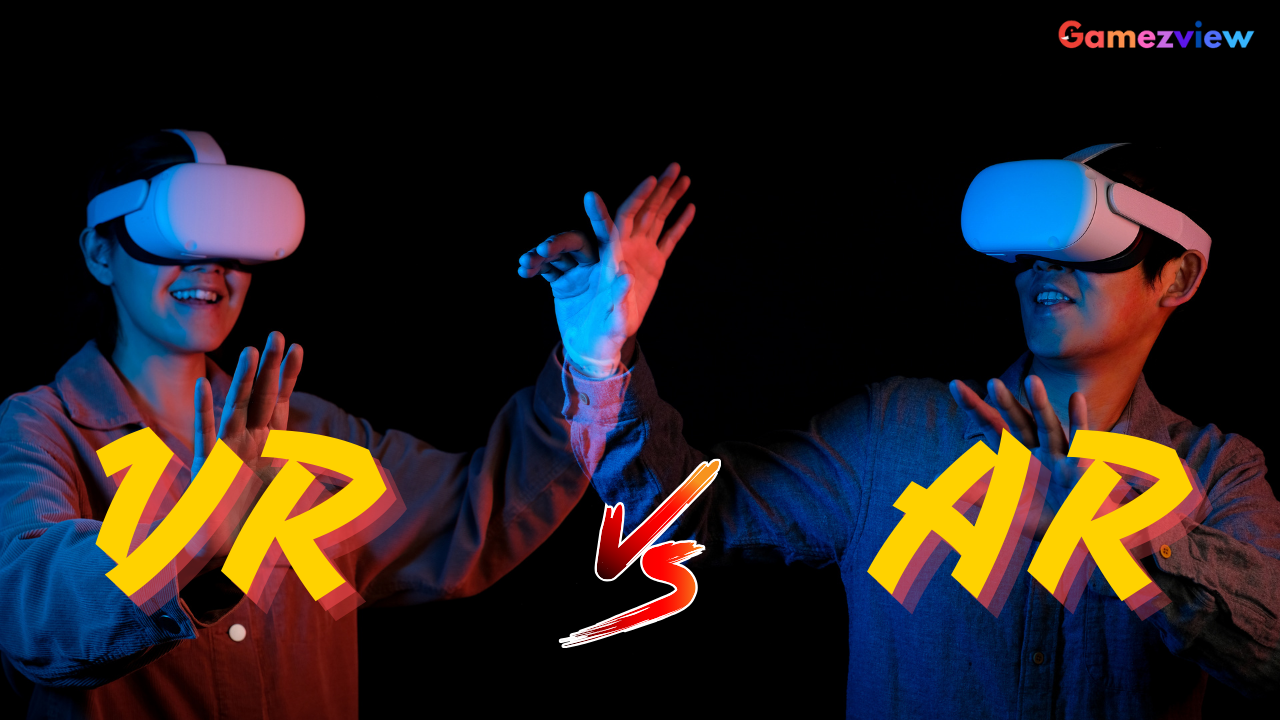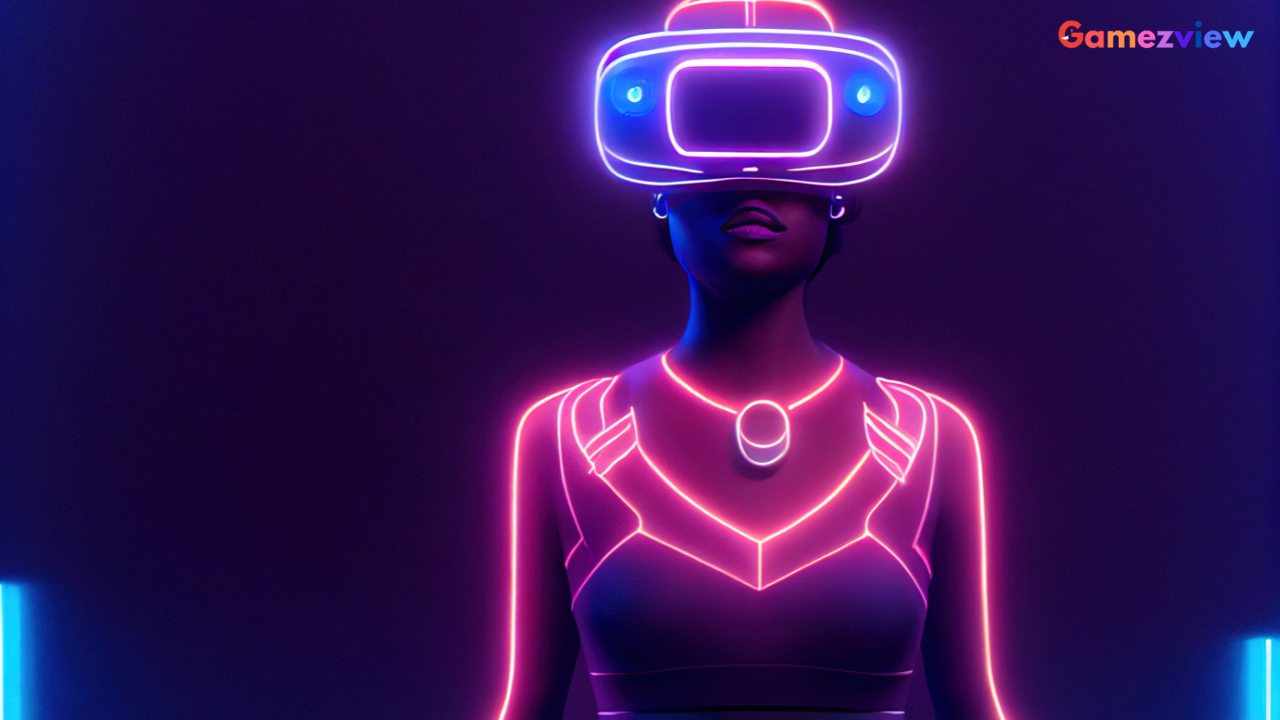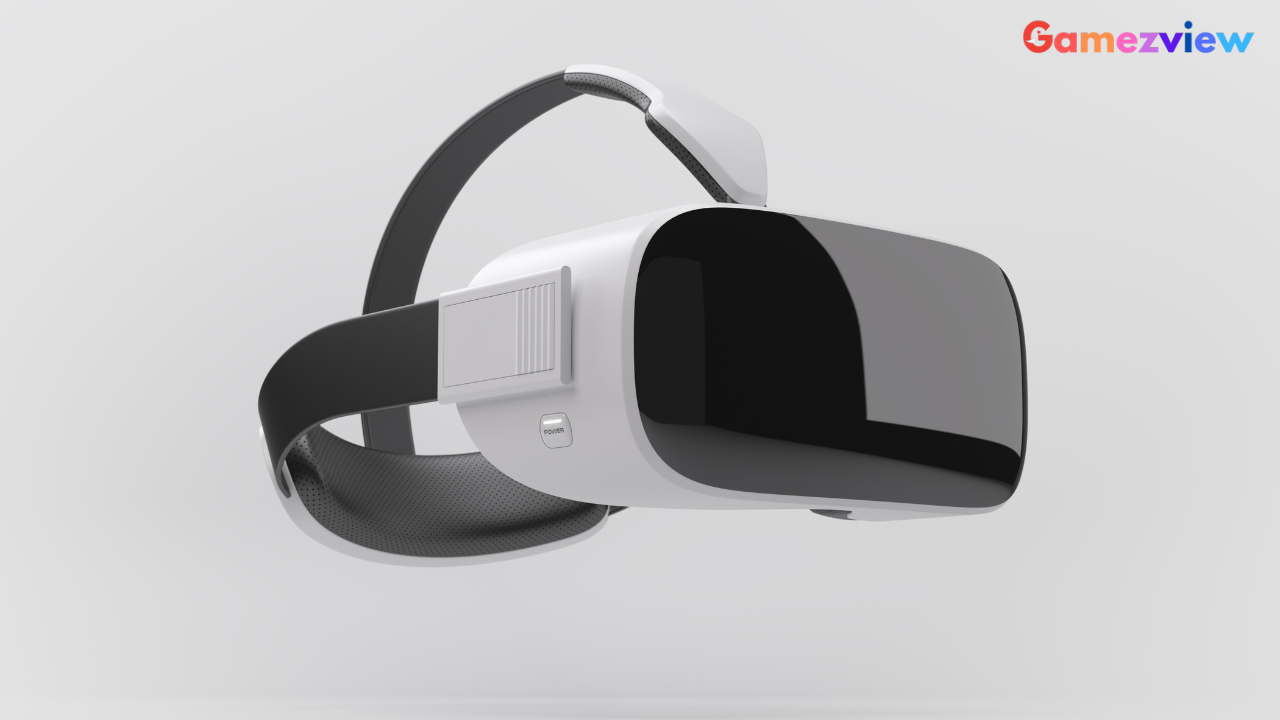Virtual Reality (VR) and Augmented Reality (AR) are two revolutionary technologies that have been transforming various industries and experiences. While both offer immersive experiences, they have distinct differences in their functionalities, applications, and user experiences.
Virtual Reality (VR) immerses users in a completely simulated environment, often through the use of a headset and motion-tracking technology. On the other hand, Augmented Reality (AR) overlays digital information into the real world, enhancing the user’s perception of reality. Both VR and AR have evolved significantly over the years, with advancements in hardware and software pushing the boundaries of what is possible.
Technology Behind VR and AR
How VR works
VR works by creating a simulated environment that users can interact with. This is typically achieved through a combination of specialized headsets, motion sensors, and software. The headset tracks the user’s head movements and adjusts the display accordingly, providing a seamless and immersive experience.
How AR works
AR, on the other hand, overlays digital content in the real world using cameras and sensors. This allows users to see and interact with virtual objects in their physical environment. AR technology is often found in smartphones and wearable devices like smart glasses, enabling a wide range of applications from gaming to productivity tools.
Applications of VR and AR
VR applications in gaming
VR has revolutionized the gaming industry by offering immersive experiences that transport players into virtual worlds. From first-person shooters to virtual escape rooms, VR gaming offers unparalleled levels of immersion and interactivity.
AR applications in education
AR has the potential to transform education by bringing learning to life through interactive experiences. From anatomy lessons with 3D models to historical reenactments overlaid in real-world locations, AR enhances traditional learning methods and engages students in new ways.
VR and AR in healthcare
Both VR and AR have applications in healthcare, from training simulations for medical professionals to therapeutic experiences for patients. VR can simulate surgical procedures and medical scenarios, while AR can provide real-time information and guidance during surgeries.
User Experience in VR and AR
Immersion in VR
VR offers a high level of immersion, transporting users to virtual environments where they can interact with objects and characters as if they were real. This sense of presence is achieved through realistic graphics, spatial audio, and intuitive controls.
Overlay in AR
AR provides an overlay of digital content in the real world, enhancing the user’s perception of reality. This allows users to access information and interact with virtual objects while still being aware of their surroundings. AR experiences can range from simple notifications to fully immersive games and experiences.
Hardware Requirements
VR headsets
VR headsets range from standalone devices like the Oculus Quest to high-end systems like the HTC Vive Pro. These headsets typically require powerful hardware to run, including gaming PCs or consoles, and provide a fully immersive VR experience.
AR glasses
AR glasses, such as the Microsoft HoloLens and Magic Leap One, overlay digital content onto the user’s field of view. These devices often feature built-in cameras and sensors, allowing for hands-free interaction with virtual objects in the real world.
Cost Comparison
Initial investment
VR headsets tend to be more expensive upfront, requiring an investment in both the headset itself and compatible hardware. AR glasses, while still pricey, are generally more affordable and accessible to a wider audience.
Maintenance costs
Both VR and AR devices may require regular updates and maintenance to ensure optimal performance. This includes software updates, hardware repairs, and the cost of replacing worn-out components over time.
Content Creation
Tools and software for VR content creation
VR content creation typically requires specialized software and tools, such as Unity or Unreal Engine, to develop immersive experiences. These platforms offer a range of features for designing environments, creating animations, and integrating interactive elements.
Tools and software for AR content creation
AR content creation often involves similar tools and software used in VR development, with additional emphasis on spatial mapping and object tracking. Developers may use platforms like ARKit or ARCore to create AR experiences for smartphones and other devices.
Accessibility
Accessibility of VR technology
VR technology can be inaccessible to some users due to factors like cost, motion sickness, and physical limitations. However, advancements in hardware and software are making VR more accessible and inclusive, with options for seated experiences and customizable settings.
Accessibility of AR technology
AR technology is generally more accessible than VR, as it can be experienced through smartphones and other portable devices. This makes AR suitable for a wider range of applications, from gaming and entertainment to productivity and commerce.
Challenges and Limitations
Motion sickness in VR
One of the primary challenges of VR is motion sickness, which can occur when the user’s movements in the virtual environment do not match their physical movements. This can lead to discomfort and nausea, particularly in experiences with rapid motion or sudden changes in perspective.
Limited field of view in AR
AR experiences are limited by the field of view of the display device, which can restrict the user’s ability to interact with virtual objects in their surroundings. This can be mitigated through advancements in display technology and spatial mapping techniques.
Privacy concerns
Both VR and AR raise concerns about privacy and data security, as they often involve the collection and processing of personal information. Users may be wary of sharing their location, biometric data, or other sensitive information while using these technologies.
Future Trends
Advancements in VR technology
Future trends in VR technology include improvements in display resolution, haptic feedback, and wireless connectivity. These advancements will enhance the realism and immersion of VR experiences, making them even more compelling and accessible to users.
Potential developments in AR
AR is poised to become more integrated into our daily lives, with advancements in wearable devices and augmented reality glasses. Future developments may include augmented reality contact lenses, seamless integration with smart devices, and new applications in fields like navigation and remote assistance.
Virtual Reality and Augmented Reality offer unique and transformative experiences that have the potential to revolutionize various industries and aspects of daily life. While VR immerses users in virtual environments, AR overlays digital content onto the real world, enhancing the user’s perception of reality. Both technologies have their strengths, applications, and challenges, but together they represent the future of immersive computing.
FAQs

How does VR differ from AR?
- VR immerses users in virtual environments, while AR overlays digital content into the real world.
Can VR and AR be used together?
- Yes, VR and AR can complement each other in mixed reality experiences that combine elements of both technologies.
Are there any health risks associated with prolonged VR use?
- Prolonged VR use can cause motion sickness and eye strain in some users, but these effects are typically temporary and can be mitigated with breaks and proper adjustment settings.
What industries benefit the most from VR and AR technologies?
- VR and AR have applications in gaming, education, healthcare, architecture, retail, and more.
How does the cost of VR and AR devices compare to traditional gaming consoles or smartphones?
- VR and AR devices can be more expensive upfront, but they offer unique experiences and functionalities that traditional gaming consoles or smartphones cannot replicate.








